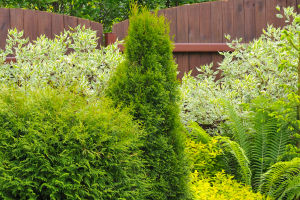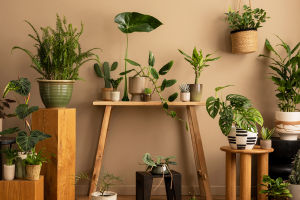Have you ever seen a plant leaning toward the sunlight or roots diving deep into the soil? You might be surprised to learn that plants are excellent navigators!
Without a brain or nervous system, they still manage to move in response to light and gravity.
How do they do this? Let's explore the fascinating world of plant responses and see how nature equips them with invisible guidance systems.
Plants Move Without Muscles?
Yes, plants move—just not the way animals do. They respond slowly and silently to their surroundings, adjusting direction, growth speed, and shape. The most well-known responses are phototropism (reaction to light) and gravitropism (reaction to gravity). These movements may take hours or days, but they are precise and purposeful.
What Is Phototropism?
Phototropism is the process by which a plant grows toward or away from light. Most of the time, you'll see plant stems and leaves leaning toward a light source like the sun or a window. This is known as positive phototropism. Roots, on the other hand, usually show negative phototropism by growing away from light and deeper into the soil.
The key driver of this movement is a hormone called auxin. Auxins are produced in the tip of the plant and help cells elongate. When light hits one side of a plant, auxins shift to the shaded side, causing those cells to grow longer and push the stem toward the light. It's like nature's way of helping plants “reach for the sun.”
Why Do Plants Follow the Light?
Light is vital for photosynthesis, the process by which plants produce food. By growing toward light, plants maximize their ability to absorb sunlight and convert it into energy. If a plant can't get enough light, it may become weak or fail to flower. So this movement is all about survival—and success.
Phototropism helps:
• Seedlings break through soil and find light
• Leaves arrange themselves for maximum sunlight exposure
• Climbing plants locate better positions for growth
What Is Gravitropism?
Gravitropism, also known as geotropism, is how plants respond to gravity. It ensures that roots grow downward into the soil and shoots grow upward toward the light.
Here's how it works:
• In shoots, auxins gather on the lower side due to gravity, speeding up cell growth on that side and causing the shoot to bend upward.
• In roots, the same hormone has the opposite effect—slowing cell growth on the lower side so the root tips bend downward.
This system ensures that roots anchor the plant and absorb water and minerals, while the shoot grows upward for air and light.
The Role of Specialized Cells
Inside root tips and stems are tiny gravity-sensing structures called statoliths—dense, starch-filled particles found in special cells. These statoliths settle at the bottom of cells due to gravity, sending signals about which direction is "down."
This enables plants to constantly adjust and orient themselves properly, even if they're knocked over or if the seed lands sideways in the soil.
Can Plants Respond to Both Light and Gravity at the Same Time?
Absolutely. In nature, plants often need to respond to multiple stimuli at once. For example:
• A seedling underground may grow upward due to negative gravitropism, while also curving toward a light source.
• A vine may grow toward the sun (positive phototropism) but twist downward if the direction of gravity changes.
Plants constantly balance these signals to find the best path to grow and thrive.
What Happens in Space?
One fascinating area of study is how plants behave in zero-gravity environments like space. Without gravity, plants still respond to light, but their sense of "up" and "down" is disrupted. NASA has conducted experiments on the International Space Station to see how plants adapt in space.
These studies help scientists understand plant biology better and prepare for growing food on long space missions or other planets.
Can Humans Use This Knowledge?
Yes! Understanding how plants respond to light and gravity has real-world applications:
• Farming: By adjusting light angles or rotating plants, farmers can influence growth direction and improve crop yields.
• Hydroponics and vertical farming: Indoor systems use artificial lights and gravity-aware setups to optimize plant positioning.
• Tree planting and landscaping: Knowing how roots and stems respond to gravity helps in designing stable planting methods and preventing root damage.
Fun Fact: Plants "Remember" Their Position
Recent research suggests that some plants may have a biological memory of orientation. For instance, even after being turned upside-down briefly, a plant might still grow upright once it's returned to normal position. This shows just how adaptable plant responses can be.
Nature's Quiet Navigators
Even though they move slowly, plants are remarkably aware of their surroundings. They "sense" light, feel gravity, and respond in ways that give them the best chance at life. All this happens without sound, movement, or any nervous system—just chemical messengers, cellular responses, and a lot of natural wisdom.
Next time you see a houseplant leaning toward the window or roots spreading below the soil, remember: there's a whole intelligent system at work. What would you like to explore next—how plants respond to touch or temperature? Let's keep growing knowledge together!

